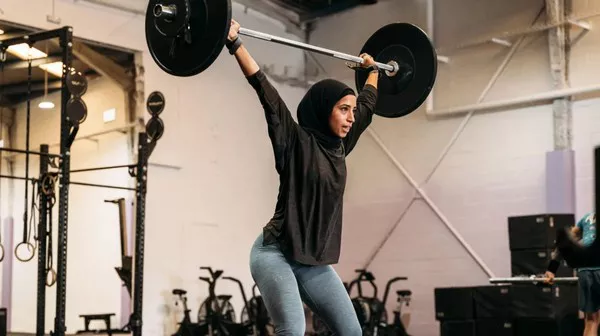In a recent announcement, the American Red Cross has raised alarm bells concerning a precipitous drop of nearly 25% in the United States’ blood supply since early August, categorizing it as reaching “critically low levels.”
As the primary provider of approximately 40% of the nation’s blood and blood components, the organization has expressed deep concern about the potential ramifications of this national blood shortage. It is now casting a shadow over the medical care of patients in need of emergency blood transfusions and those reliant on life-saving blood transfusions for conditions such as cancer and sickle cell disease.
The Red Cross attributes the decline in blood donations during August to a drop in donor turnout, coinciding with the bustling summer travel season and the commencement of the school year.
Additionally, the organization has cited a string of adverse climate-driven disasters over consecutive months as a compounding factor that has strained the blood supply. Extreme weather conditions necessitated the cancellation of several blood drives, exemplified by Hurricane Idalia, which recently resulted in over 700 units of blood and blood platelets going uncollected in the southeastern United States. Presently, the Red Cross is closely monitoring Hurricane Lee and its potential impact on the Northeastern region in the coming week.
Dr. Pampee Young, Chief Medical Officer for the American Red Cross, emphasized the unrelenting need for blood and the impact of crises, stating, “For so many patients living with urgent medical care needs, crises don’t stop with natural disasters. In fact, in some instances, the stress of a disaster can lead to a medical crisis for some individuals battling sickle cell disease. The need for blood is constant. Every two seconds, someone in the U.S. needs blood—an often-invisible emergency that the rest of the world doesn’t see behind closed hospital doors. Now, that urgency has only heightened.”
Overall, the distribution of blood products to hospitals is outpacing the number of blood donations being made. According to the Red Cross, approximately 2,500 hospitals and transfusion centers across the nation rely on the nonprofit organization to collect roughly 12,500 donations daily to meet patients’ critical needs.
Notably, in early August, the Red Cross expanded eligibility criteria for blood donation, allowing more gay men to contribute. A more inclusive risk-based individual assessment, irrespective of sexual orientation, sex, or gender, was implemented. This marked a historic change, as gay and bisexual men were previously prohibited from donating.
In contrast, other significant blood donation organizations have reported not experiencing a blood supply shortage. Spokesperson Susan Forbes from OneBlood affirmed, “OneBlood is not experiencing a blood shortage at this time.” Similarly, Jenny Ficenec, the Executive Vice President of Blood Centers of America, voiced concerns about the sustainability of the blood supply due to a consistent decline in donors each year.
Ficenec pointed out that the majority of blood donors at Blood Centers of America are older adults. Over the past decade, the organization has seen a 47% decrease in donors under the age of 30. She stated, “Less than 20% of blood donations come from 20- to 34-year-olds, and over 45% of blood donations come from donors over 50.”
Andrea Cefarelli, Senior Vice President of New York Blood Center Enterprises, concurred that the blood supply is not as robust as it should be, citing a 50% decline in youth donors. Cefarelli highlighted the challenges faced by blood centers, saying, “Schools have not returned to hosting blood drives the way they did pre-pandemic. In the New York area alone, we used to work with 500 individual high schools. We’re contacting each and every one of them, begging them to return to having student blood drives.”


































